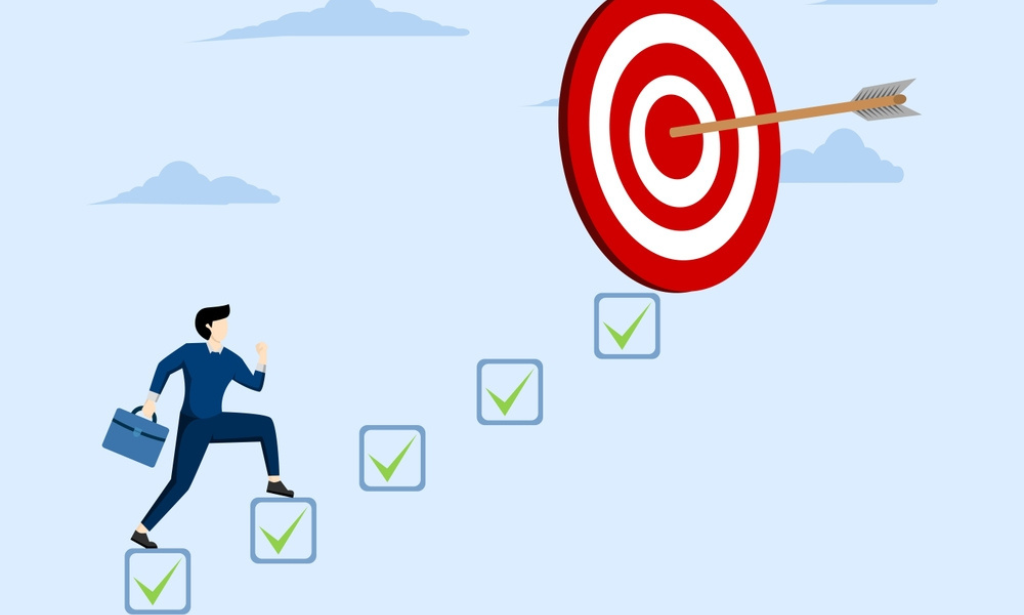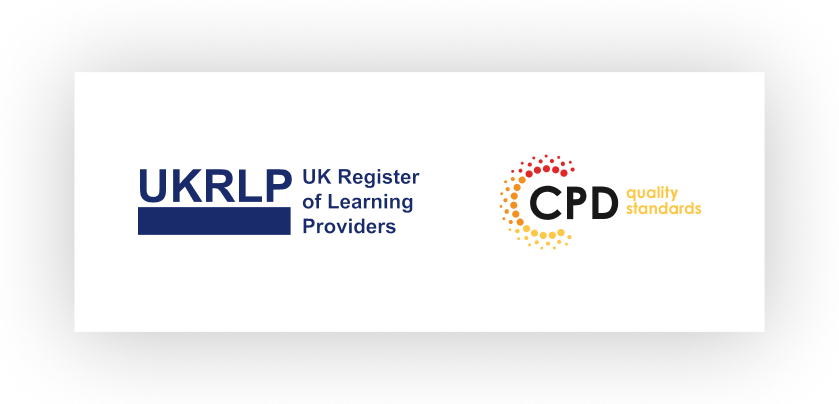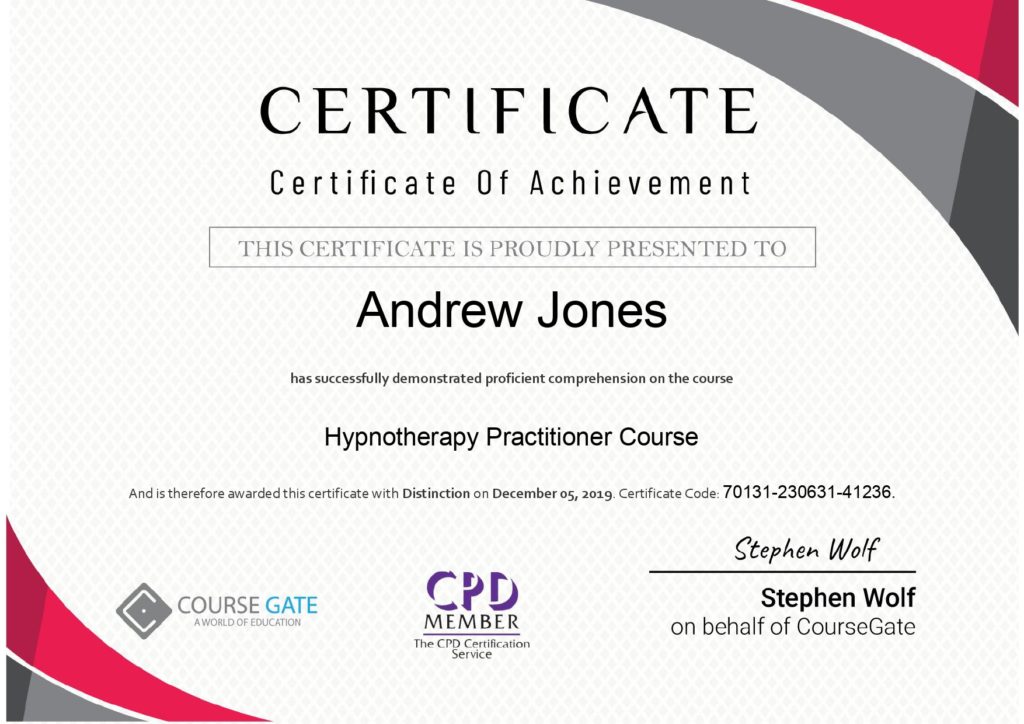

To excel in life and career, you need a mindset of continuous growth and learning. A Personal Development Plan is the strategy to develop your career roadmap. It’s an excellent way to expand your knowledge, develop new skills, and discover your true potential. In this blog, we’ll look into the various personal development categories and how to write a Personal Development Plan. We have also included a sample plan that you can take for inspiration.
Table of Contents
What is a Personal Development Plan?
A Personal Development Plan (PDP) is a strategy for improving many aspects of life, including work, study, and personal growth. Generally, a PDP shows you the vital areas of learning and development activities to either gain new or improve existing skills and behavioural qualities. To enhance your academic skills, you might consider using the best online essay writing service as a resource in your Development Plan. However, a good PDP must highlight your strengths and weaknesses and demonstrate how to move forward with them and achieve success. Learn how to write a Personal Development Plan.
What are the Personal Development Plan Categories?
Personal Skills
A PDP contributes to skills enhancement. For instance, you may want to improve your French speaking skills. So, you can create a plan outlining what you want and how to achieve it. You can take French Language classes, develop your skills in the most widely spoken language, and gain confidence.
Personal Improvement
Personal improvement involves developing good habits to become more confident, productive, and effective at work. For example, you may want to improve your business communication skills to manage relationships and create a healthy workplace culture. In such scenarios, your Personal Development Plan can outline the steps you should take to achieve your goals. It will detail which training course you should take to improve your communication expertise and monitor your progress.
Personal Growth
Personal growth is a crucial part of being successful in life. It can be anything, from building your startup to offering leadership during a crisis or taking decisive action to solve problems. However, you must step out of your comfort zone and push your boundaries to achieve personal growth.
Personal Empowerment
Finally comes personal empowerment, which involves seeking new knowledge and developing the existing ones. For example, you can learn to be fluent in a second language to strengthen relationships and increase career prospects. Meanwhile, you can learn about the emerging technologies that are relevant to your field of work.
How to Write a Personal Development Plan?
Here’s a simplified breakdown of the five steps to craft an effective Personal Development Plan:
1. Analyse your Situation
How to write a Personal Development Plan? The first step is to analyse your strengths and weaknesses. It allows you to understand your current situation as it relates to your career goals. For example, you can highlight your achievements, such as job experience and previous course outcomes. By analysing these key factors, you can clearly understand your current situation and create your potential path.

2. Set your Goals
After successful self-evaluation, you will better understand what you want to achieve. Now, you need to set clear and achievable goals. Remember, having too many goals can lead to stress and not achieving your plans. By setting attainable goals based on your abilities, you can take control of your personal development journey and ensure your efforts are focused and effective.
Once you’ve created a list of realistic goals, set timelines for achieving them. By allocating specific timeframes to our objectives, you can keep your priorities in order and your work on track.
3. Create an Action Plan
At this point, you know what you want to achieve. Then how can you reach your goals? This is when action plans come into play. An action plan is a list of tasks you must complete to achieve your goals. However, you need to remain committed and complete your work with consistency. For instance, if you aim to improve your physical fitness in a specific time frame, you can dedicate 30 minutes daily to a structured workout routine.
Breaking down your action plan into smaller milestones will help you stay focused on your goals. Meanwhile, your action plan must be reviewed regularly to ensure that it is accurate, relevant, and realistic.
4. Actualisation
This stage is about completing specific tasks to meet your target. The practice can be challenging, and it depends on your routine. Thus, you can develop daily habits that can eventually help you reach those goals.
Building habits entails planning and organising your daily work tasks. Although planning activities require considerable effort, you can ensure your tasks align with your goal. Try to get an idea of how long your task will take to complete. Also, be realistic about what you can achieve with your abilities, current mindset, motivation level, and timeframe.
Again, it’s evident that you will have challenges with the schedule. However, you need to have a clear idea of the timeframe that you can allocate to your tasks. You should also be able to understand how to prioritise your tasks.

5. Monitor your Progress
Lastly, reviewing your progress is a crucial part of the personal development journey. It can help you stay on track and make adjustments if you wander from your goals. Regularly reviewing short-term goals is particularly beneficial, as it helps you maintain focus and direction. It also allows you to understand whether any training program you take is effective and whether you need to make adjustments. Remember to update your goals whenever you review progress.
Sample Personal Development Plan
Date: 5 September 2024
Long-Term Goal: Become a Certified Data Scientist
Objective: Complete a Data Science certification course and build a strong portfolio for a well-paying job in data science.
Year One
Step 1: Start saving for tuition fees and learning resources.
Step 2: Research accredited online programs and certifications in data science.
Step 3: Take a foundational Data Science course (Python programming, statistics, machine learning).
Step 4: Set aside 1–2 hours daily for learning and practice.
Step 5: Build a portfolio by working on small data science projects (e.g., Kaggle competitions, personal projects).
Step 6: Attend workshops and webinars to connect with industry professionals.
Year Two
Step 7: Enrol in advanced courses (Deep Learning, Artificial Intelligence, Big Data).
Step 8: Begin working on a capstone project or thesis focusing on real-world data problems.
Step 9: Apply for internships or freelance work to gain hands-on experience.
Step 10: Complete the certification program and apply for jobs in the data science field.
Short-Term Goal: Limit distractions to maximise study time.
Objective: Reduce time spent on social media and mobile games to stay focused on learning.
Step 1: Delete unimportant apps from my phone (social media, gaming).
Step 2: Install a time management app to block distracting websites during study hours.
Step 3: Schedule frequent breaks during study time to avoid burnout.
Step 4: Set daily goals for learning and track progress.
Tools and Resources: Laptop, online learning platforms (CourseGate), Python software, time management apps.
Measurement: Did I spend time on social media? Did I complete daily learning objectives?
Conclusion
A Personal Development Plan (PDP) is a tailored guide to your career goals. It’s a proven approach to improving your job skills and achieving your lifetime aspirations. This article explains how to write a Personal Development Plan, making it a wonderful journey to success. You’ll understand how to consider your strengths, weaknesses, opportunities, and threats and take deliberate steps toward bringing substantial and grounded changes to your career.
FAQs: How to Write a Personal Development Plan
1. What is a Personal Development Plan (PDP)?
A Personal Development Plan is a strategy for identifying areas for self-improvement, setting goals, and outlining steps to achieve them.
2. Why is a Personal Development Plan important?
It helps you take control of your career and personal growth by setting clear objectives, tracking progress, and staying motivated. Employers in the UK also value it as it demonstrates initiative and ambition.
3. How often should I update my PDP?
It is a good idea to review and update your PDP every 3 to 6 months or whenever significant changes occur in your personal or professional life.
4. Is a PDP necessary for career advancement in the UK?
While not mandatory, a PDP can be highly beneficial for career progression, especially in industries where continuous professional development (CPD) is essential. Overall, it shows your commitment to self-improvement.
5. How do I start writing a PDP?
How to Write a Personal Development Plan? Start by evaluating your current skills, strengths, and weaknesses. Then, set SMART goals (Specific, Measurable, Achievable, Relevant, and Time-bound) and create an action plan with deadlines.
- All Courses
- Accounting & Finance61
- Admin, Secretarial & PA45
- Audio Books (Audio Course)100
- Business Skills155
- Design76
- Digital Marketing48
- DIY (Do It Yourself)57
- Employability241
- Food Hygiene & Safety18
- Health & Fitness68
- Health & Safety109
- Health & Social Care184
- Human Resource49
- It & Software Skills116
- Language27
- LIFESTYLE85
- MAKEUP & BEAUTY49
- Management129
- Marketing60
- Massage & Physiotherapy17
- Microsoft Office64
- Nonprofit & Charity36
- On Demand Courses54
- Personal Development128
- Photography33
- Psychology & Counselling97
- SEN (Special Educational Needs)23
- Teaching and Education98














